Fall Lawn Care Tips for the Healthiest Lawn
- September 24, 2024
- 0 comment
As the cooler months approach, it’s the perfect time to focus on fall lawn care to ensure your lawn remains vibrant and healthy. Proper autumn maintenance helps your grass recover from summer stress and prepares it for a robust spring comeback. By implementing a few key practices, you can enhance your lawn’s resilience and appearance, setting the stage for lush, green growth when temperatures rise again.
List of Fall Lawn Care Tips for the Healthiest Lawn
- Clear Out Weeds and Dead Plants
- Water Well
- Remove Flammable Plants
- Apply a Nutritious Fertilizer
- Plant Seeds
- Rake Regularly
- Dethatch
- Aerate
- Mow the Grass Low
- Control Weeds
- Control Pests
- Drain Irrigation System
Why It’s Important to Care for Your Lawn in the Fall?
Caring for your lawn in the fall is crucial for maintaining its health and vibrancy throughout the year. As temperatures drop and growth slows, the grass shifts its focus from actively growing to storing nutrients and strengthening its root system. By addressing fall lawn care tasks, such as fertilizing and aerating, you help your grass build a strong foundation that will support its growth come spring. This preparation ensures that your lawn can better withstand winter stresses and reduces the likelihood of diseases and pests affecting it during the colder months.
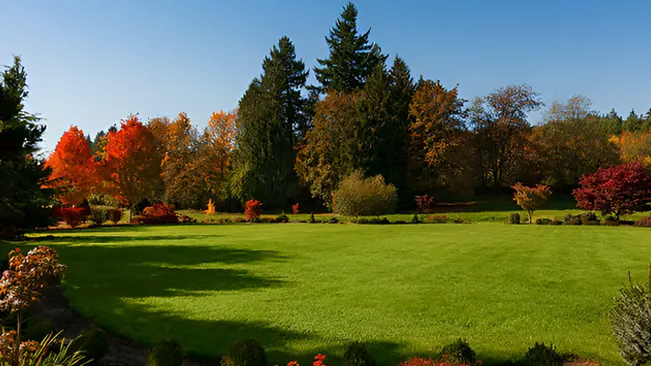
Additionally, fall is the ideal time for lawn care because it allows for optimal recovery from summer damage. The cooler temperatures and increased moisture create favorable conditions for grass to heal and thicken, which can improve its overall resilience and appearance. By implementing practices such as mowing at the correct height and removing fallen leaves, you help your lawn stay healthy and robust, leading to a more vibrant and lush landscape when the growing season returns.
Tips for Fall Lawn Maintenance
1. Clear Out Weeds and Dead Plants
Weeds and dead plants can be detrimental to the health of your lawn if left unattended in the fall. Weeds compete with your grass for essential nutrients, water, and sunlight, potentially stunting growth and causing unsightly patches. Removing these unwanted plants helps reduce competition and ensures that your lawn receives the necessary resources to thrive. Additionally, dead plant material can harbor pests and diseases, so clearing it away helps prevent potential issues and contributes to a cleaner, healthier lawn.
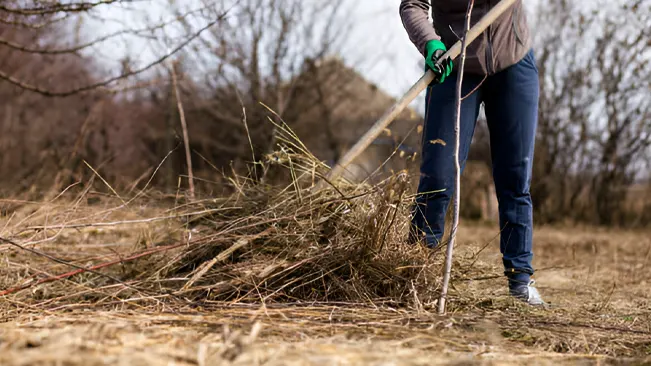
Proper removal involves pulling weeds by hand or using a weeding tool, ensuring that you get the roots to prevent regrowth. Dead plants should be collected and disposed of to avoid attracting pests and diseases. By taking these steps, you create a more conducive environment for your grass to recover and prepare for the winter months, ultimately leading to a more resilient and lush lawn come spring.
2. Water Well
Adequate watering in the fall is essential for preparing your lawn for the winter months. While the cooler weather reduces evaporation rates, it’s important to maintain consistent moisture levels to support the grass’s transition into dormancy. Proper hydration helps your lawn build up reserves that will sustain it through the winter and promote robust growth when temperatures rise again. Aim to water deeply and less frequently to encourage the roots to grow deeper, which enhances drought resistance and overall lawn health.
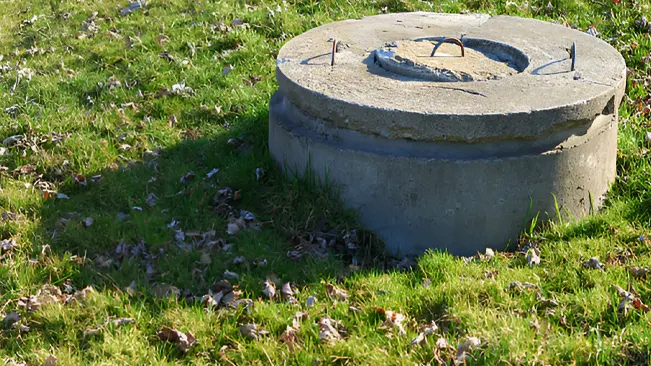
In addition to supporting root development, fall watering helps to flush out salts and other residues that may have accumulated over the summer. This practice reduces the risk of root damage and ensures that your lawn remains in optimal condition throughout the colder months. By maintaining proper hydration, you set the stage for a vibrant, green lawn that will emerge strong and healthy in the spring.
3. Remove Flammable Plants
Removing flammable plants from your lawn and garden is a crucial step in fall maintenance, especially in areas prone to wildfires. As plants dry out, they can become highly flammable, increasing the risk of fire spreading to your home and surrounding areas. By clearing out these potentially hazardous plants, you reduce the fire risk and create a safer environment. This proactive measure helps protect not only your lawn but also your property and the broader community.
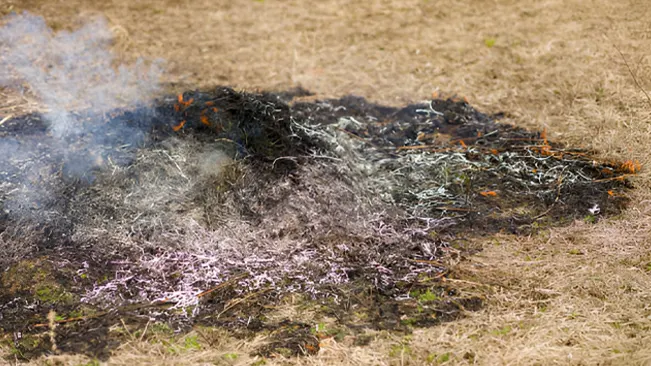
Focus on removing plants with high oil or resin content, such as certain shrubs and ornamental grasses, which can easily ignite. Additionally, ensure that any dead plant material and fallen leaves are cleared away, as they can contribute to fire hazards. By taking these precautions, you contribute to a safer landscape and improve the overall health and appearance of your lawn.
4. Apply a Nutritious Fertilizer
Applying a nutritious fertilizer in the fall is vital for replenishing the nutrients that your lawn needs to remain healthy. As grass prepares for winter, it requires a balanced supply of essential nutrients to support root development and overall resilience. A fall fertilizer typically contains higher levels of potassium, which strengthens the grass and improves its ability to withstand cold temperatures, drought, and disease.

Choose a slow-release fertilizer to ensure that nutrients are gradually available over the winter months. This approach provides a steady supply of nourishment, helping your lawn to build up reserves for the spring growing season. Proper fertilization during the fall contributes to a lush, green lawn when temperatures warm up, setting the stage for a vibrant and healthy landscape.
5. Plant Seeds
Planting seeds in the fall can be an effective way to enhance your lawn’s density and overall health. Fall is an ideal time for seeding because the cooler temperatures and increased moisture create favorable conditions for seed germination. By sowing seeds now, you allow them to establish roots and integrate with the existing grass before the colder weather sets in.
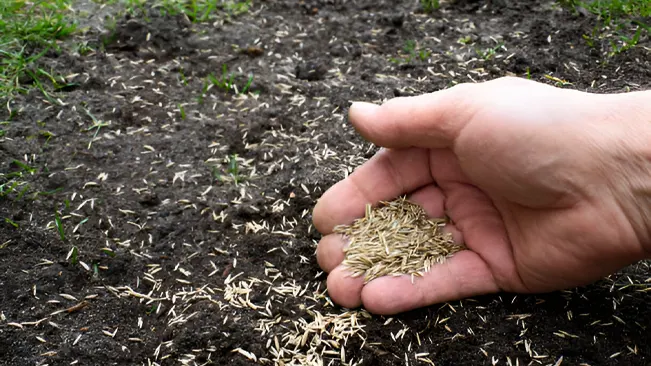
When planting, choose high-quality grass seed suited to your local climate and soil conditions. Ensure the soil is adequately prepared and seed is evenly distributed. Fall seeding helps fill in bare patches and improve lawn density, leading to a more robust and lush lawn in the spring. By investing time in seeding now, you promote a healthier lawn that will be better equipped to handle the challenges of the coming seasons.
6. Rake Regularly
Regular raking in the fall is an essential part of lawn maintenance, primarily to remove fallen leaves and debris. A thick layer of leaves can smother the grass, preventing sunlight from reaching the surface and causing the grass to weaken. By raking up leaves and other organic matter, you allow your lawn to breathe and receive the light and nutrients it needs to stay healthy.
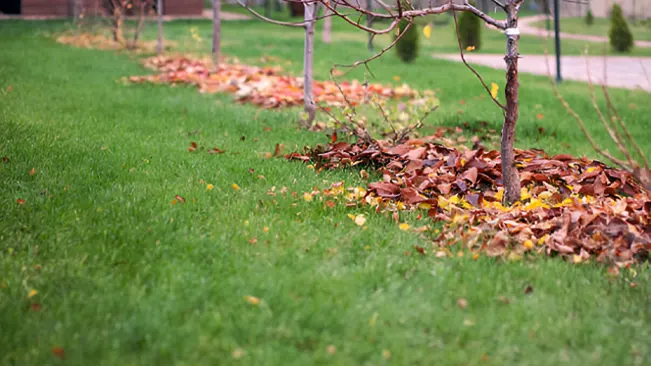
In addition to preventing damage, raking helps to reduce the risk of fungal diseases that can thrive in damp, covered environments. Regular removal of debris ensures that your lawn remains clean and well-maintained, contributing to its overall health and appearance. A well-raked lawn is better prepared to handle winter conditions and will be more resilient and vibrant when spring arrives.
7. Dethatch
Dethatching is an important fall lawn care task that involves removing the layer of thatch that can build up between the soil and grass. Thatch, a mix of dead grass, roots, and other organic matter, can impede water, nutrient, and air penetration, leading to a weaker and less healthy lawn. By dethatching, you help to alleviate these issues and promote better root growth and overall lawn health.
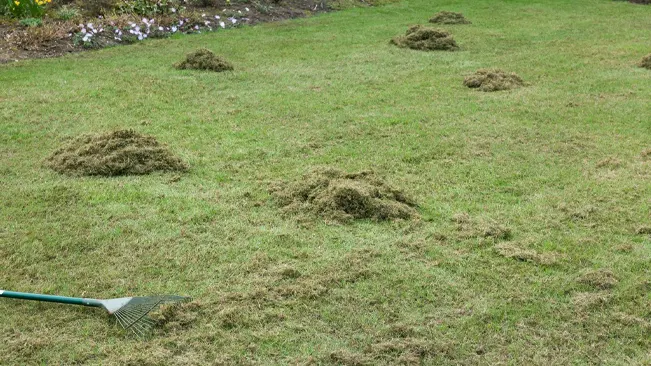
There are several methods for dethatching, including using a dethatching rake or a specialized dethatching machine. Choose the method that best suits your lawn’s needs and the extent of thatch buildup. Performing this task in the fall allows your lawn to recover before the winter and ensures it starts the spring growing season with improved vitality and strength.
8. Aerate
Aerating your lawn in the fall is a crucial step for improving soil health and enhancing grass growth. Aeration involves creating small holes in the soil to alleviate compaction, improve water and nutrient absorption, and promote better root development. This process helps your lawn breathe and allows essential resources to reach the root zone more effectively.

Fall is an ideal time for aeration because the cooler temperatures and increased moisture conditions support faster recovery. By aerating now, you help your grass build strength and resilience, setting the stage for vigorous growth when spring arrives. Regular aeration contributes to a healthier, more robust lawn that can better withstand stress and environmental challenges.
9. Mow the Grass Low
Mowing your grass lower in the fall helps prepare it for the winter months by reducing the risk of snow mold and other fungal diseases. Keeping the grass at a shorter height prevents it from becoming matted under snow and ensures better air circulation. This practice also helps the lawn conserve energy and resources, allowing it to focus on root development rather than continued top growth.
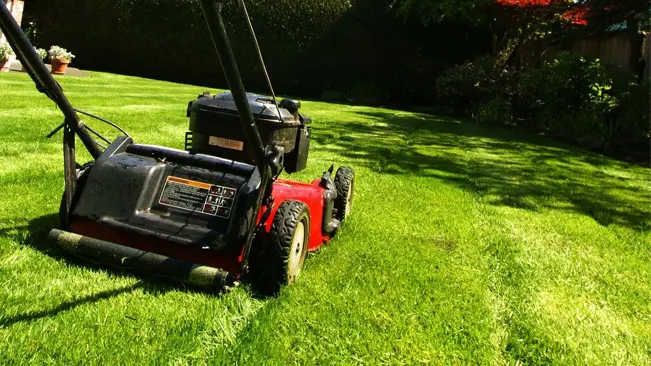
However, be cautious not to cut too low, as removing too much of the grass can stress the lawn and leave it vulnerable to cold damage. Aim for a height of around 2 to 2.5 inches for most grass types, which balances the need for winter protection with maintaining a healthy lawn. Proper mowing practices in the fall set the foundation for a strong and resilient lawn that will thrive in the spring.
10. Control Weeds
Controlling weeds in the fall is essential for maintaining a healthy lawn and preventing these unwanted plants from taking over. Fall is a strategic time for weed control because many weeds are preparing to go dormant, making them more susceptible to treatment. Addressing weeds now helps to reduce their numbers and minimize their impact on your lawn’s health.
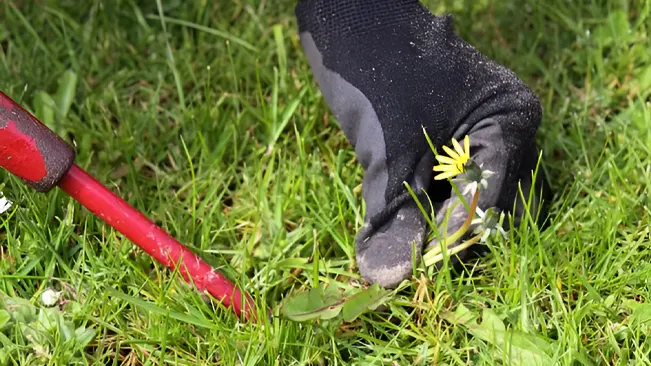
Use pre-emergent herbicides to prevent weed seeds from germinating, or apply post-emergent herbicides to target existing weeds. Additionally, consider manual removal of larger or more stubborn weeds. By managing weed growth effectively, you promote a healthier lawn and ensure that your grass has the best chance to flourish in the spring.
11. Control Pests
Controlling pests in the fall is important for protecting your lawn from damage and ensuring its health throughout the year. As temperatures drop, some pests, such as grubs and insects, begin to move closer to the soil surface, making fall an ideal time for treatment. Addressing these pests now helps to prevent them from causing significant harm to your lawn and reduces the need for more intensive measures in the spring.
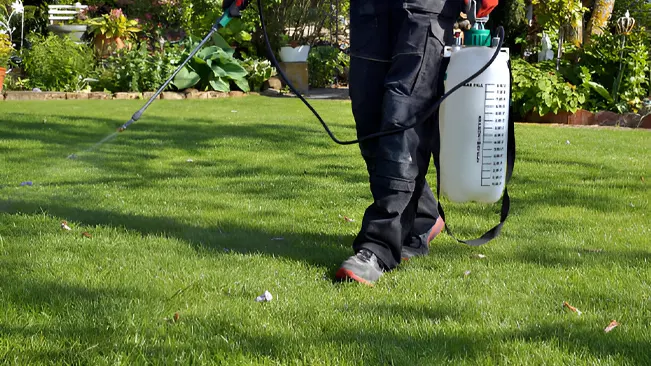
Utilize targeted treatments, such as insecticides or natural predators, to manage pest populations. Regularly inspect your lawn for signs of pest activity and take action promptly to address any issues. Effective pest control in the fall helps to safeguard your lawn and contribute to its overall resilience and vitality.
12. Drain Irrigation System
Draining your irrigation system in the fall is a crucial maintenance task to prevent damage during freezing temperatures. Water left in irrigation lines can expand and cause pipes to burst, leading to costly repairs and disruptions to your lawn care routine. By thoroughly draining your system, you ensure that it remains in good working condition for the next growing season.
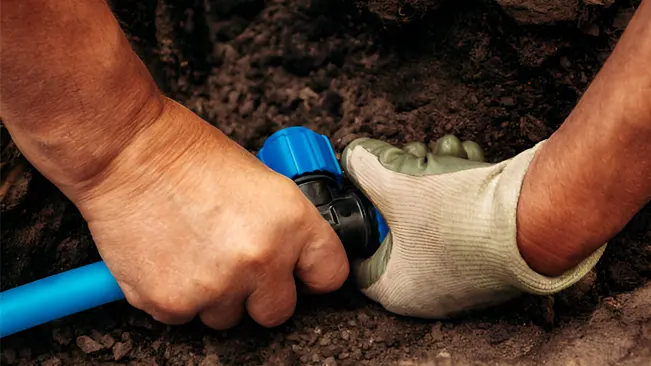
To drain your system, turn off the water supply and open all valves to allow any remaining water to escape. Use an air compressor or manual drain valves, if available, to remove water from the pipes. Properly winterizing your irrigation system helps to avoid damage and ensures that your equipment is ready to use when you need it again.
Conclusion
As fall arrives, focusing on essential lawn care tasks can set your lawn up for success. By tackling weeding, fertilizing, and proper watering, you help your grass recover from summer stress and prepare for winter. These steps ensure a healthier, more vibrant lawn that will thrive in the spring. With a bit of effort now, you’ll enjoy a lush and resilient lawn when the growing season returns.
FAQs
- Why is fall an important time for lawn care?
Fall is crucial for lawn care because it helps your grass recover from summer stress and prepare for winter. Proper maintenance during this time strengthens roots and promotes a healthier lawn that will thrive in the spring. - What should I do with fallen leaves?
Regularly rake or mulch fallen leaves to prevent them from smothering your grass and causing potential fungal issues. Keeping the lawn clear of debris helps ensure proper sunlight and air circulation. - How often should I water my lawn in the fall?
Water your lawn deeply but less frequently to encourage deep root growth. Adjust your watering schedule based on rainfall and temperatures to maintain consistent moisture without overwatering. - When should I fertilize my lawn in the fall?
Apply a fall fertilizer in early to mid-autumn to provide essential nutrients that support root development and overall lawn health. Choose a slow-release formula to ensure nutrients are available throughout the winter. - What is dethatching and why is it important?
Dethatching removes the layer of dead grass and roots between the soil and grass, improving nutrient and water absorption. This process enhances root growth and overall lawn health. - How low should I mow my grass in the fall?
Mow your grass to a height of about 2 to 2.5 inches to reduce the risk of snow mold and improve air circulation. Avoid cutting too short, as this can stress the lawn and leave it vulnerable to winter damage. - What pests should I be aware of in the fall?
In the fall, watch out for pests such as grubs and other insects that can damage your lawn. Use appropriate treatments or natural remedies to manage these pests and protect your grass. - How can I prepare my irrigation system for winter?
Drain your irrigation system by turning off the water supply and opening all valves to remove any remaining water. Use an air compressor if necessary to ensure that no water is left in the pipes to prevent freezing and damage. - How do I manage fungal infestations?
Address fungal issues by using fungicides or natural treatments and practicing good lawn care habits, such as avoiding overwatering and ensuring proper air circulation. Early intervention helps prevent significant damage. - Can I plant grass seed in the fall?
Yes, fall is an excellent time to plant grass seed because the cooler temperatures and increased moisture promote seed germination and root establishment. Choose a seed suitable for your climate and soil conditions for the best results.

Joel Cunningham
Forestry AuthorI'm Joel Cunningham, an expert in pruning and weed management with over a decade of experience. My skills are rooted in formal training and extensive practice, focusing on advanced pruning techniques and efficient weed control. I'm known for my quality work, precision, and deep understanding of plant health and soil dynamics. My contributions extend to educational initiatives where I share sustainable practices and advice, establishing myself as a reliable and authoritative figure in the gardening community.













Leave your comment